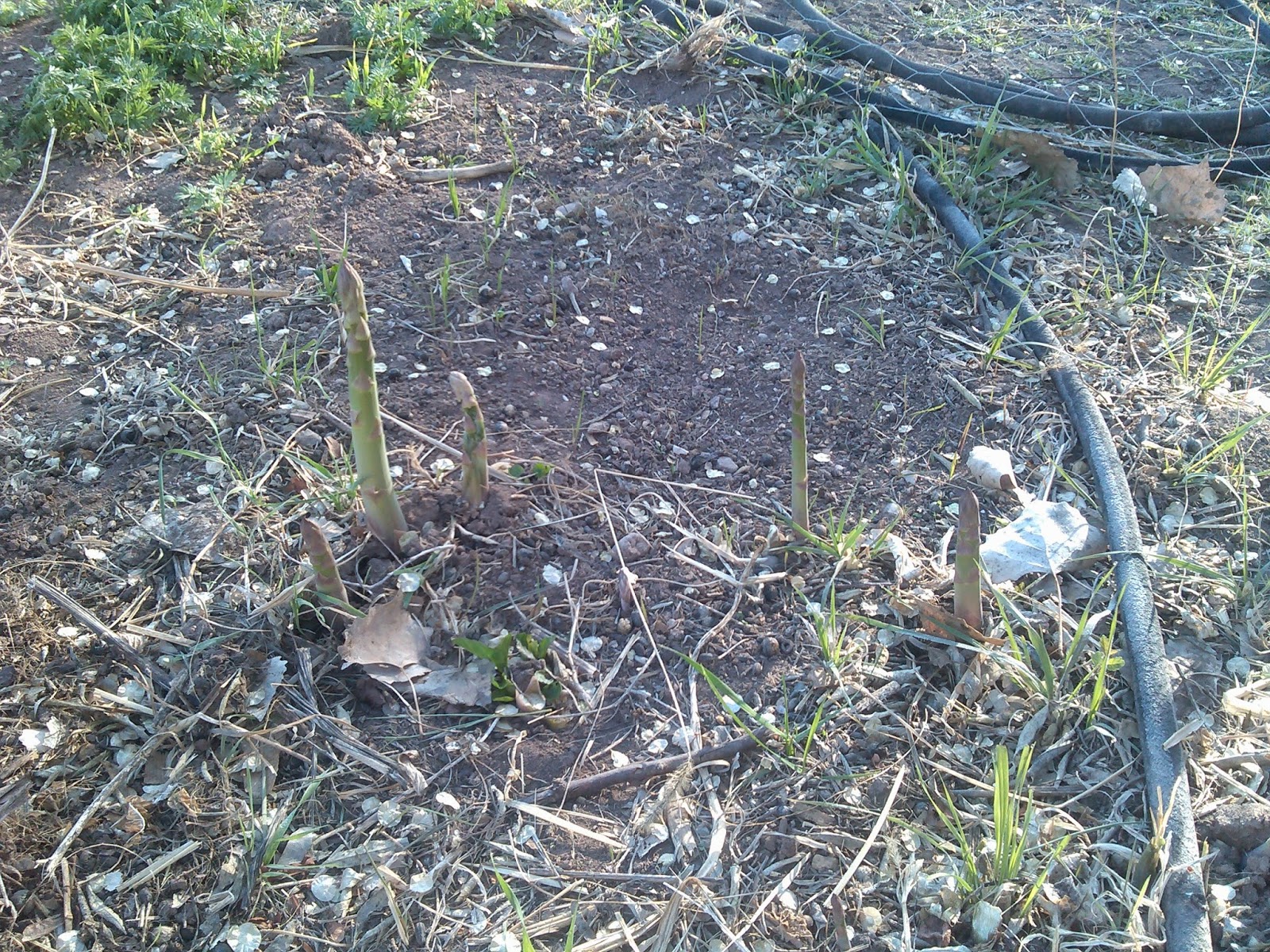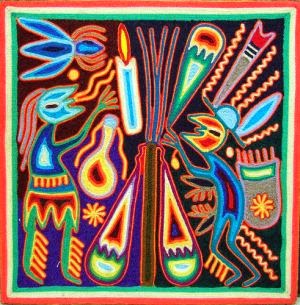Are you someone who has to get every new self help book that comes out? Does the mention of a new supplement or health care discovery send you to the store to try it out? Does the thought of a promising new diet send thrills of excitement down your body?
In a different realm: are you always on the lookout for the next class that will teach you some new technique for your art or religion or business, thinking that this at last will be the thing that will finally pay off? Are your thoughts plagued by things such as "if only I knew how to do that…?"
Or do you suffer from some chronic condition, and go from practitioner to practitioner to find a solution? Does a sense of failure, unworthiness, or frustration accompany you through life?
The common thread between all of these questions is that sometimes or often we seek external solutions to internal problems. We go to a doctor or a therapist and say "Fix me." We take classes in various techniques to improve what we do and expect that a three hour seminar will magically unlock a door. We try new diets and supplements and expect a miracle every single time.
As Americans, we are acculturated to desire and expect instant solutions, and we experience great frustrations when they do not appear. As a society, we are trained by the western medical paradigm to treat the body as a machine, with fixable or replaceable parts, with no soul, with no emotional overlays. We are blamed by doctors for not getting well on their schedule. We are taught to discount our feelings and emotions and intuition because they are not "rational." We are obsessed with technology as a way to cure just about everything. We are taught in school that if you do this and this in a particular order, that X result is to be expected, and if you don't get X then you did it wrong and you are stupid and unworthy of a passing grade.
The thing is, nearly all of our problems are things we create for ourselves. We have to be willing to put energy into our own improvement, whether it be in the realm of art, business, personal growth, spiritual development, or physical health. There is a life-style component to all of these areas, and that component is the willingness to work at it. When you seek deeper truths about whatever it is you are doing, and you open the door to a new exploration, you then take on a responsibility to the work. The work will become your teacher, but you have to be willing to listen, to observe, to pay attention, to be present not only with yourself but with everything around you.
When I teach ethics classes as well as bodywork classes, I emphasize the practice of Radical (or Ruthless) Self Awareness. I want all my students to begin the process of recognizing and acknowledging their shadow side, because without knowing yourself intimately, you cannot begin to grow beyond that. I truly believe that being able to love yourself, even the most uncomfortable aspects of yourself, is absolutely vital to being able to initiate processes of growth and change.
I also ask my clients to recognize their own motivations. Sometimes I can facilitate their recognition and acceptance of things about themselves that they do not love, and then the work can proceed. The partnership of the therapeutic practice only works when both the client and the practitioner are putting in the effort. In my last column in Truly Alive Magazine, I spoke about people's investment in their identity as a potential barrier to receiving bodywork or therapy. I want to work with my clients in such a way that the barriers may be lowered and they may recognize their own power to heal themselves.
By practicing ruthless self-awareness, we can begin to learn to listen to our bodies, listen to our spirits, and tune into our own guidance. We can stop getting in our own way, and we can live with ease instead of dis-ease.






